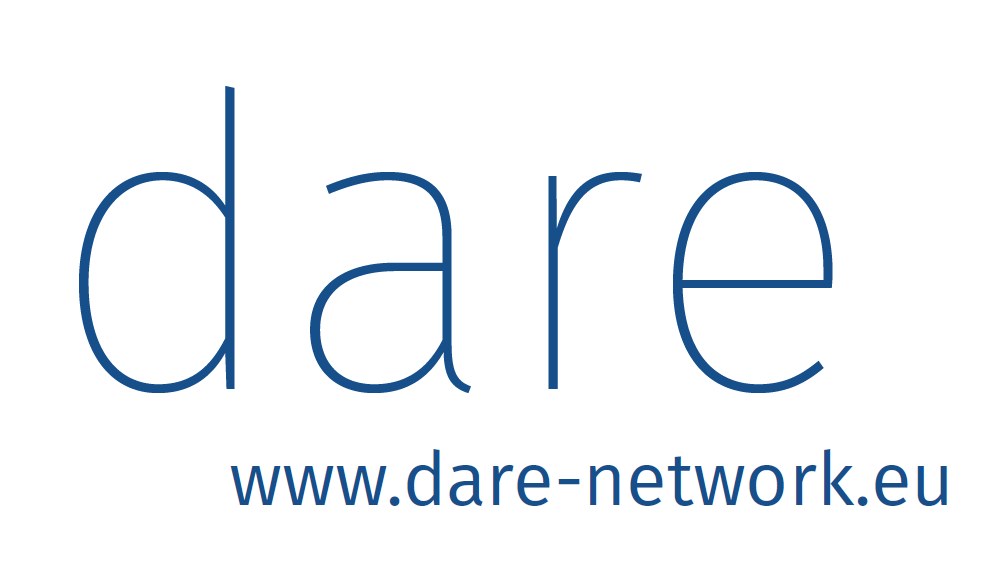|
|
| (3 intermediate revisions by the same user not shown) |
| Line 101: |
Line 101: |
| | [[File:Dynamic-agenda.jpg | 600px | center]] | | [[File:Dynamic-agenda.jpg | 600px | center]] |
| | | | |
| | + | <hr class=boldline> |
| | ==Add the Standard Building Blocks== | | ==Add the Standard Building Blocks== |
| − | Put now the needed [[Standard Building Blocks]] into the matrix. This might be done by using cards in a specific color (i.e. red). These could be | + | * Put now the needed building blocks for the [[First Steps]] into the matrix. This might be done by using cards in a specific color (i.e. red). |
| − | *the units related to the [[First Steps]] in the first slot(s) | + | * [[Evaluation]] which includes also continuous reflection assessment during the wholöe process |
| − | *"Evaluation" of the meeting in the last available time slot,
| + | * Transfer and finalisation |
| − | *The needed space for reflection in the days between | + | <hr class=boldline> |
| − | *...
| |
| | | | |
| | ==Topics== | | ==Topics== |
| | Fill the blank spaces with the proposals. Or you present these as a complete proposal. Or you collect these together with the participants and fill the frame in a moderated process. | | Fill the blank spaces with the proposals. Or you present these as a complete proposal. Or you collect these together with the participants and fill the frame in a moderated process. |
| | + | <hr class=boldline> |
| | ==Reviewing and Aligning== | | ==Reviewing and Aligning== |
| | In the regular reflection, check-in, or planning sessions sessions the topics might be re-arranged, added, or replaced by new topics. Things that came up as new relevant topics might be collected on a [[Walls of Problems, Ideas and Parking Lot | parking lot]] wall. Things replaced might as well be put here. | | In the regular reflection, check-in, or planning sessions sessions the topics might be re-arranged, added, or replaced by new topics. Things that came up as new relevant topics might be collected on a [[Walls of Problems, Ideas and Parking Lot | parking lot]] wall. Things replaced might as well be put here. |
| | | | |
| − | <hr class=boldline>
| |
| − | <noinclude>{{:Block: Author Nils-Eyk Zimmermann}}</noinclude>
| |
| | <hr class=boldline> | | <hr class=boldline> |
| | | | |
| | <div class=experience> | | <div class=experience> |
| | ===Experience=== | | ===Experience=== |
| − | The approach is allowing facilitators and participants to plan and decide in a transparent and structured way. It helps participants to take informed and conscious decisions on what topics they would like to follow and what kind of aspects are more important than others, which is often as well the question of the stage of a process. Furthermore, it is saving the aspects still needed to address during a meeting and those needed to include in a follow up. | + | The dynamic agenda helps facilitators and participants to plan, decide and to apply plans. |
| | </div> | | </div> |
| | | | |
Planning and imposing a meeting agenda in a participatory way means to allow the facilitators and a group to re-arrange, cancel, or add sessions or topics. Present the agenda as a frame with time slots filled with removable moderation cards instead of a static program plan on paper.
Setting Up the Frame
Divide the available working time in equal time slots. In example
|
Day 1
|
Day 2
|
...
|
|
Morning 1
|
Plenary
|
...
|
...
|
|
Coffee Break
|
|
Morning 2
|
Plenary
|
2 Parallel Sessions
|
2 Parallel Sessions
|
|
Lunch Break
|
|
Afternoon 1
|
Plenary
|
...
|
...
|
|
Coffee Break
|
|
Afternoon 2
|
Plenary
|
...
|
...
|
Add the Standard Building Blocks
- Put now the needed building blocks for the First Steps into the matrix. This might be done by using cards in a specific color (i.e. red).
- Evaluation which includes also continuous reflection assessment during the wholöe process
- Transfer and finalisation
Topics
Fill the blank spaces with the proposals. Or you present these as a complete proposal. Or you collect these together with the participants and fill the frame in a moderated process.
Reviewing and Aligning
In the regular reflection, check-in, or planning sessions sessions the topics might be re-arranged, added, or replaced by new topics. Things that came up as new relevant topics might be collected on a parking lot wall. Things replaced might as well be put here.
Experience
The dynamic agenda helps facilitators and participants to plan, decide and to apply plans.


